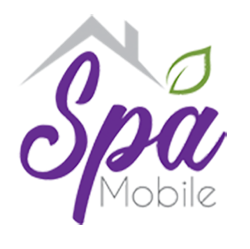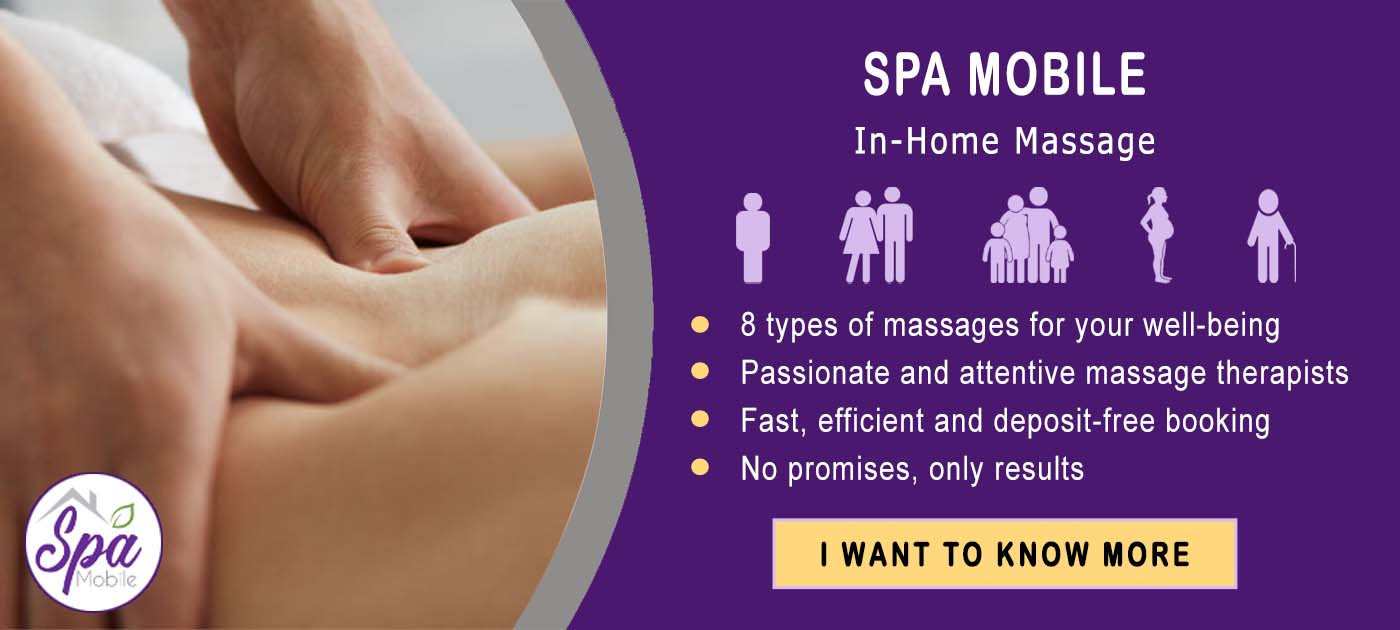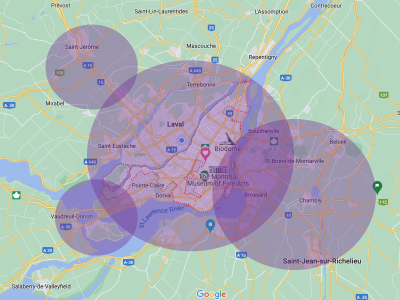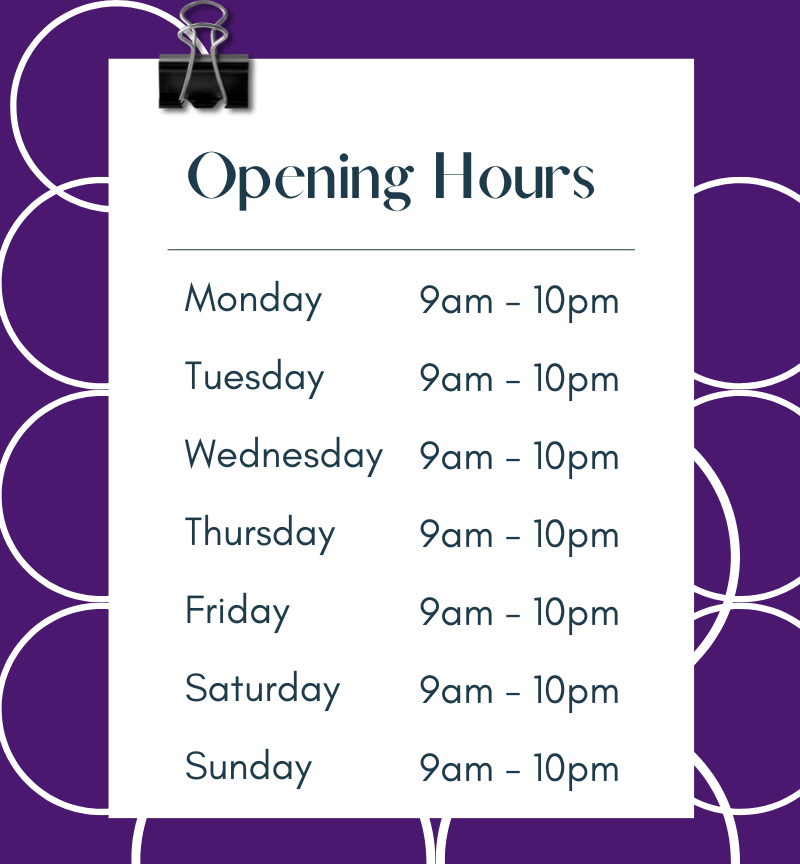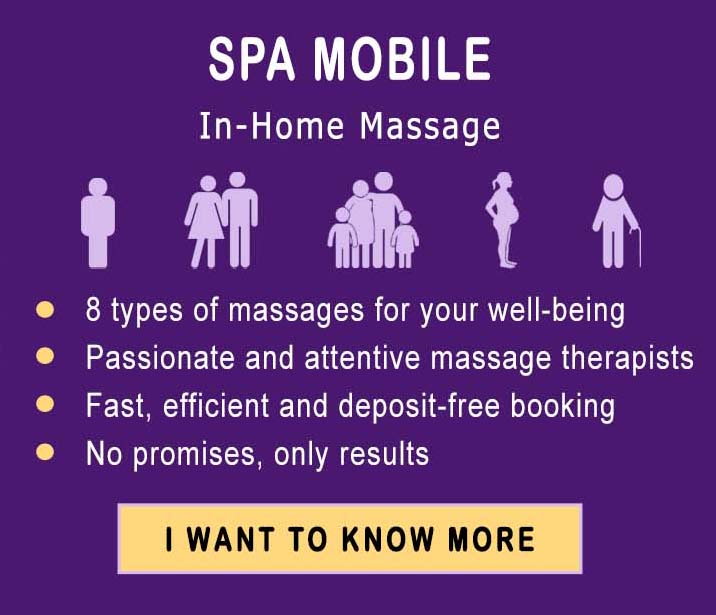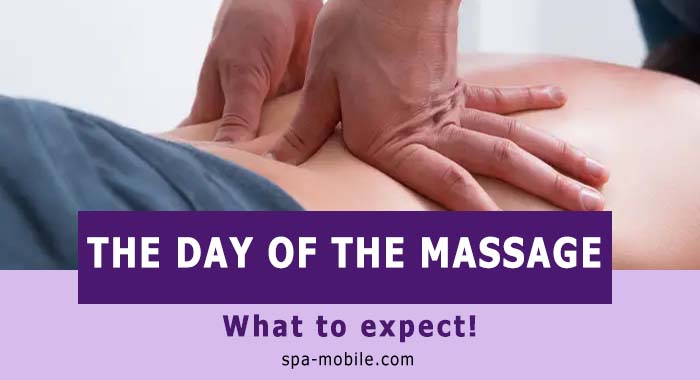The constant pain and reduced mobility or dexterity that many people with arthritis experience can be unbearable and highly frustrating at times.
Finding a way out of it is probably worse than arthritis. However, finding relief from chronic pain and joint stiffness is within reach.
Here is a brief introduction to arthritis and how massage can benefit you if you have arthritis, along with some tips to help control your symptoms.
What is arthritis?
Arthritis is an umbrella term for more than 100 inflammatory conditions affecting the joints, and today, one in 7 Canadians has been diagnosed with some form of arthritis.
The general signs and symptoms of various types of arthritis are pain, inflammation, swelling, stiffness in the joints, muscle pain, and damage or erosion of bones and cartilage.
Cartilage is found at the ends of the bones, and when inflammation or recurrent wear and tear occurs in the joints, this cartilage can degenerate, leaving the bones to rub against each other.
This often results in severe pain, swelling, and structural damage. Arthritis can be due to an immune disorder, such as rheumatoid arthritis, or a degenerative disease, such as osteoarthritis. The latter is gradual and chronic. However, some types, like gout, are more transient with sudden onset.
Although they can occur differently and have slightly different presentations, people diagnosed with arthritis almost universally experience pain so severe that all movement is somewhat or severely restricted.
This can lead to a decrease in the quality of life as the person is no longer able to engage in activities that are meaningful to them.
What are the remedies for arthritis?
There is no cure for arthritis, but plenty of evidence shows that massage may be one of the most effective treatments for soothing and managing pain and helping relieve stiff muscles and joints.
For example, massage can help relieve pain and stiffness in the surrounding small muscles of the spine that contract in response to inflammation and joint fusion in the spine.
Pain is often the most debilitating symptom of all forms of arthritis. Massage can provide significant relief by soothing the nervous system, reducing these pain signals, and allowing the body to relax.
Research on osteoarthritis in the knees has shown that people who received a relaxation or an hour-long Swedish massage once a week for eight weeks had decreased their pain and improved their condition. Mobility and range of motion compared to those who did not receive treatment.
Similar results have been found in studies using medium-pressure massage on people with knee arthritis.
What are the types of massage for arthritis relief?
As mentioned, massage can help reduce pain and inflammation by releasing the muscles around the joints and helping to increase blood flow to the area. This can be achieved by massaging the body as a whole or with a more targeted application to specific areas of pain. Some modalities have proven better suited, and others may need to be avoided. It depends on the client and the state.
Swedish or relaxation massage incorporates long, circular stroking and kneading that can help circulate blood through the muscles and remove inflammation byproducts that build up in the affected joints. Kneading techniques can be used, in which the skin is lifted, kneaded, and rolled, which helps lengthen the tissues that connect to muscles, reduce tension, and promote joint mobility. This releases tension and stress, promoting overall relaxation of the body.
Therapeutic massage is another style that tends to be firmer in pressure and, more specifically, targets problem areas to treat chronic arthritis pain around a joint directly. This technique is best received regularly to temporarily relieve arthritis symptoms.
As the name suggests, deep tissue massage focuses on the deeper layers of muscle tissue. This style can lead to more intense pain after massage, which may not be ideal for people with arthritis.
Lymphatic drainage or detox massage uses light, sculpted movements to promote lymphatic drainage into the bloodstream. This can benefit people with arthritis, as excess fluid can be associated with the inflammatory process. Such massage, when applied all over the body and regularly, can aid in managing chronic conditions such as gout by assisting in removing particles or toxins that cause the disease.
Are there any contraindications for arthritis massage?
Whichever massage you choose, the overall benefits of reducing pain and improving circulation and mobility apply.
Therapists and patients should be aware of specific contraindications to certain forms of arthritis. Gout, for example, presents as the sudden onset of swelling, redness, and excruciating pain around a joint, most commonly in the big toe, although it can occur in other joints.
The condition is caused by high uric acid levels in the blood, resulting in needle-like crystals forming around the joints. Seizures can occur gradually or quickly at night and last for days or weeks. Direct massage to the area should be avoided during the acute phase, as this may irritate and further inflame the area affected by gout.
This does not mean that massage should be avoided altogether. Instead, the therapist can apply lymphatic drainage techniques and focus on areas away from acute inflammation to promote the widespread systemic benefits of massage, such as improved circulation, decreased anxiety, and increased relaxation.
Another important note for therapists is never to apply or suggest applying ice to a joint affected by gout, as low temperatures can help these needle-like crystals form in the joint. In general, the reverse is best for chronic arthritis: heat therapy. Heat can help soothe stiffness and pain in chronically inflamed arthritic joints. This can take the form of hot compresses for up to 20 minutes.
There are three things massage therapists need to make sure of when their patients have arthritis:
- The duration of the illness or whether it is an acute attack;
- The time of initial onset;
- The severity and exact location of the pain.
This helps to determine the correct technique and the pressure to apply. While the patient should direct the level of pressure, it is helpful to keep in mind that research has shown that applying moderate pressure, as opposed to light pressure, can lead to better results for the patient—patients with arthritis.
Continually checking in with the patient for pain and discomfort is essential, as some may be reluctant and complain. Above all, it is vital to ensure that the patient has received the approval of their healthcare professional before receiving a massage.
What can you do between massage sessions?
What you do after a massage can be as important as the massage itself.
If you have an acute attack, such as gout, rest is essential, combined with the preferred form of pain relief medication, whether prescribed or over-the-counter.
Aspirin should be avoided, as it can increase uric acid levels, which could potentially worsen gout symptoms. While gout is not always caused by lifestyle factors, cutting back on red meat, asparagus, lentils, sardines, and poultry can help prevent future attacks.
Alternatively, for most arthritic conditions, promoting gentle movements, although potentially painful at the time, can help an arthritic joint by boosting circulation and relieving joint stiffness, reducing pain, fatigue, and tension. Muscle and stress
Exercise can improve joint mobility, muscle strength and flexibility, posture, and balance in arthritis patients. Yoga or swimming are good options for gentle exercise, as the movements are slow and controlled, with an emphasis on breathing.
Other gentle weight-bearing exercises, such as walking, certain types of dancing, tai chi, cycling, or using an elliptical machine, may also be suitable low-impact options.
If you are starting an exercise program for arthritis pain relief, it is best to start slowly and gradually increase the repetitions, duration, and intensity. Shorter duration (e.g., 10 minutes at a time) but more frequent exercise sessions are often suggested as being better for the joints and more durable in the long run.
Including a gentle warm-up and cool-down routine is essential. This can help prevent muscle and joint pain and stiffness. People with arthritis should not exercise a joint if it is inflamed, hot, or red. Instead, gently moving the joint through its range of motion can help reduce stiffness and improve circulation.
Exercise has the added benefits of controlling weight and improving energy levels and quality of sleep, which can help with arthritis pain.
Self-massage between dates is also an important tool you can do. As mentioned earlier, applying heat can help reduce pain. Simply taking a hot shower or bath while performing self-massage or range of motion exercises can also benefit you.
To finish
Massage can help relieve muscle tension, improve circulation, and reduce swelling. As a result, you are better able to engage in physical activity that would otherwise have seemed impossible. Improved circulation not only brings more nutrients and oxygen to affected areas, but it can also help remove inflammation byproducts from affected joints, which can help reduce swelling and further improve blood pressure. Mobility.
To be clear, massage does not reduce the incidence of chronic inflammation or joint damage caused by arthritis. Massage helps relieve symptoms, and when you are suffering from a chronic illness such as arthritis, relief of any kind is welcome.
For massages to be truly effective, they should be performed regularly, preferably in combination with a gentle, low-impact exercise program that incorporates an element of stretching.
If you have arthritis, we recommend massaging every week for a few weeks to relieve tension and pain in muscles that have responded by tightening around the joints, then once a month as prevention.
